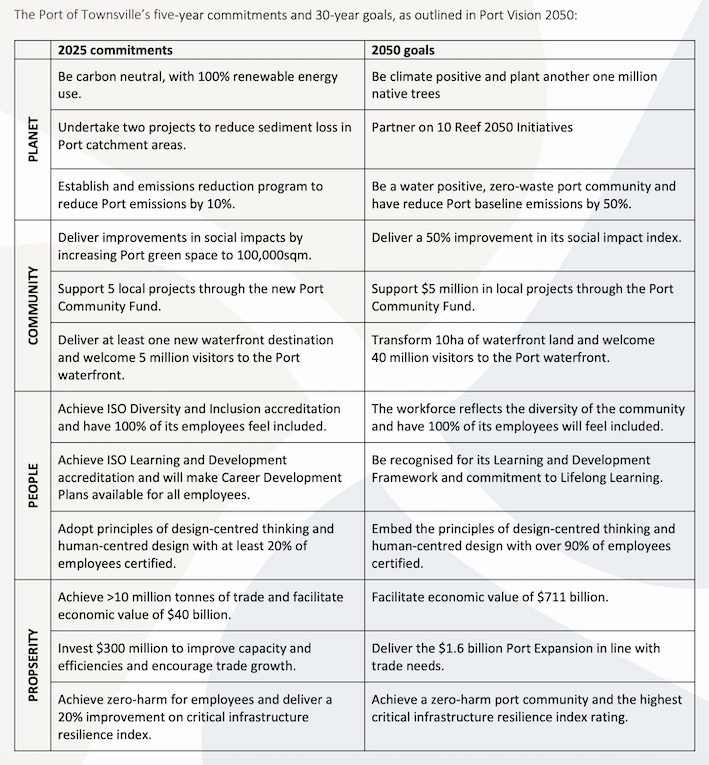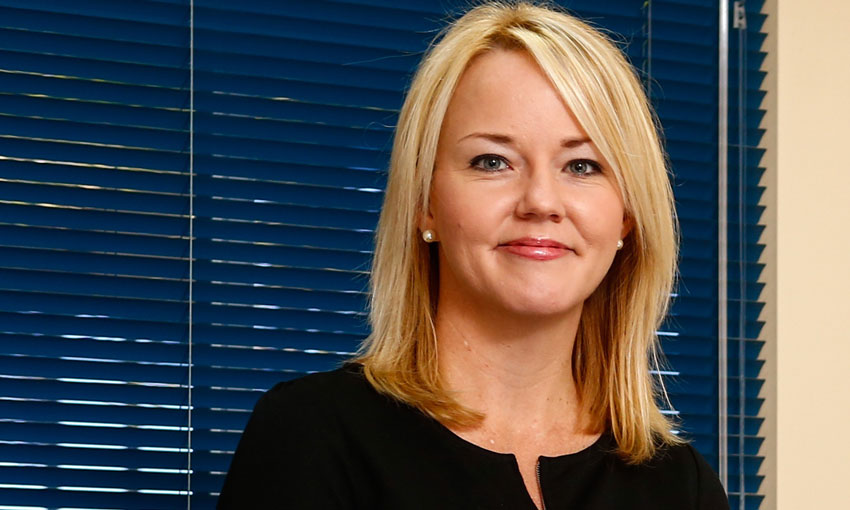SINCE its establishment in 1864, the Port of Townsville has served the people and industries of northern Queensland and been a major driver in creating jobs and economic growth in the region.
Over 150 years, the port footprint has grown from the upper reaches of Ross Creek into the inner harbour and beyond.
The Port of Townsville has now released its vision for the next 30 years, charting a course for the delivery of “sustainable prosperity”.
Port Vision 2050 is a sustainability plan for Australia’s largest copper, lead, zinc, sugar and live cattle port. The 12 strategic objectives and 27 initiatives across four priority areas of planet, community, people and prosperity capture the port’s long-term vision and set a clear roadmap for how to get there.
The plan includes the specific actions the port will take over the next five years to achieve its goals.
Among the 30-year goals are:
- Becoming a climate-positive, climate-ready port, planting an additional million trees and halving baseline emissions;
- Transforming 10 hectares of land along Ross Creek into vibrant waterfront destinations;
- Supporting $5m in local community projects through a newly established Port Community Fund; and
- Delivering the $1.6bn port expansion in line with trade needs and facilitating more than $700bn in economic value for Northern Australia.
Port of Townsville chief Ranee Crosby said Port Vision 2050 upholds the port’s long and proud tradition of servicing and strengthening communities and the economic prosperity of northern Queensland.
“We exist to create prosperity for our communities and value for our customers and shareholders through world-leading sustainable operations,” she said.
“Looking forward to 2050, we will be more than 180 years old. To continue to serve our communities, grow the trades and services of the future and ensure strategic defence and cruise capability for the future, our ports will require expansion and modernisation.
“As we grow, we have a sharp focus on ensuring our developments and operations protect and improve our surrounding environment and the lives of our communities,” said Ms Crosby.
Port Vision 2050 has been developed with insight collected through a comprehensive materiality assessment and aligned to the United Nations’ Sustainable Development Goals.


